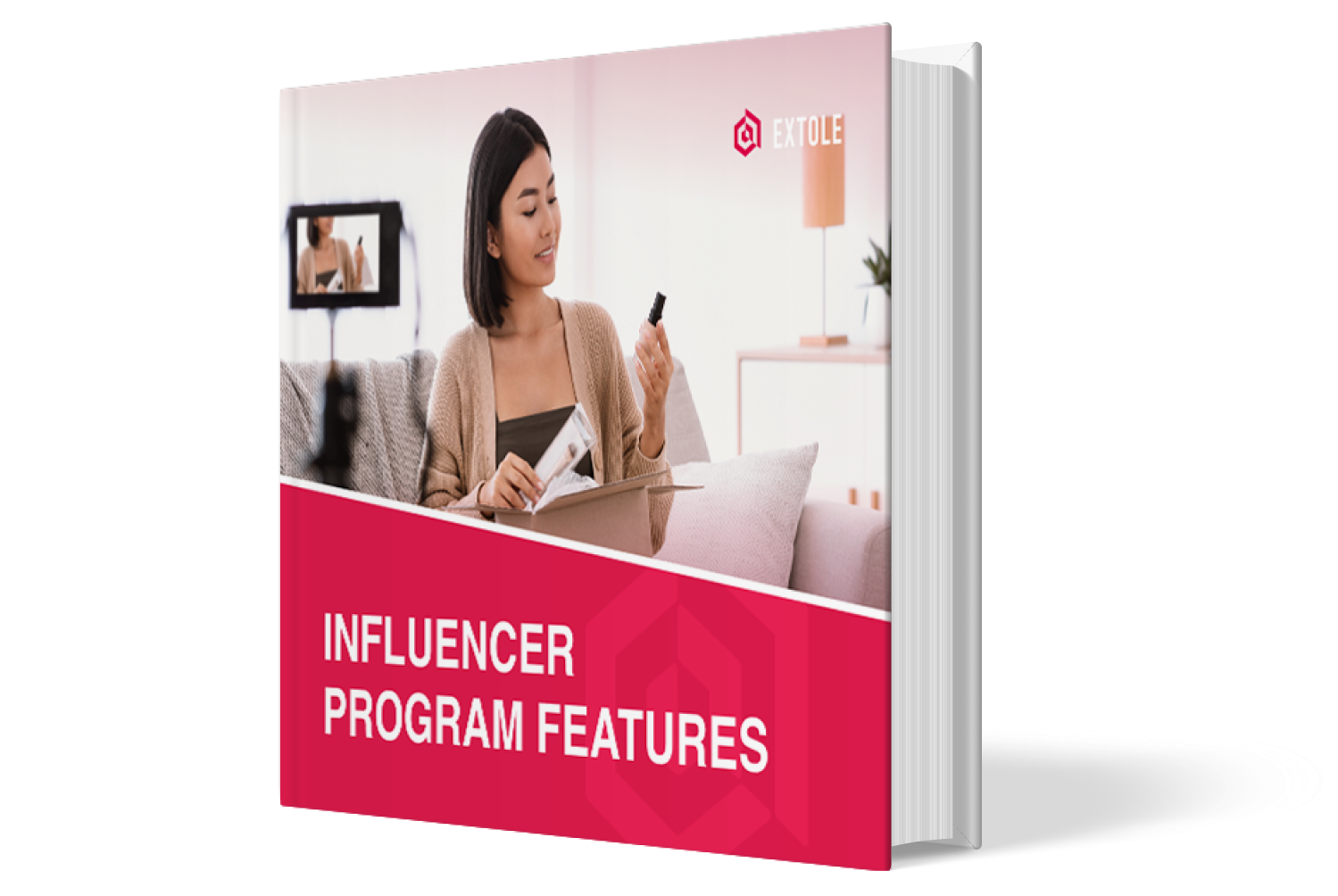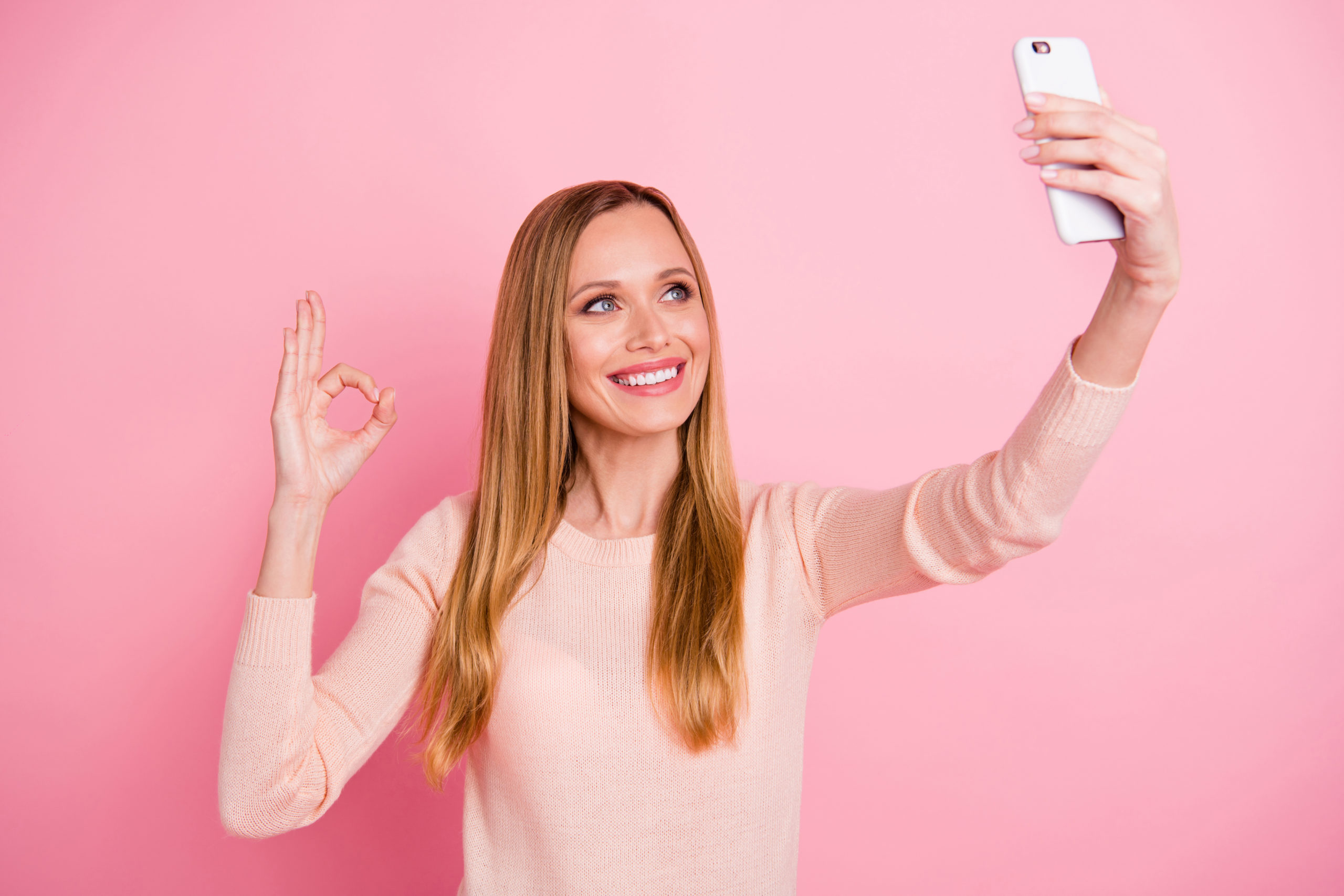In 2020, Bang Energy was the fastest-growing energy drink on the market, nearly edging out staples like Red Bull and Monster Energy. That same year, Bang Energy generated almost $300 million in sales while spending just $2,200 on traditional media.
Since Bang Energy hit the market in 2012, they have led the charge in targeting a new generation of consumers. With bright, bold cans and flavor names like “Frose Rose,” “Cotton Candy,” and “Radical Skadattle,” Bang set the brand apart. But their product is largely the same as their competitors. So how did they do it?
The answer lies in their influencer strategy, where the main goal isn’t to just sell their products but to generate brand awareness at an astronomical rate. They do this by building strong long-term relationships with influencers, who they call brand ambassadors, to create highly personalized content geared toward Gen Z consumers.
Bang Energy Drink Influencers Reinforce Brand Identity
Bang Energy views contracts with influencers as valuable for building a community of fun, energetic, and athletic consumers. This attitude is reflective of the overall growing state of influencer marketing: in a 2021 report, 90% of respondents believe influencer marketing is effective and 62% plan to increase their budget for influencers in the coming year. Plus, with influencer marketing, brands gain an endless variety of content to post that they didn’t create themselves.
What’s unique about Bang’s influencer program is that it focuses on forming long-term partnerships rather than one-off content exchanges. So, instead of contracting with influencers for one-off pieces of content, they contract with influencers as ongoing brand ambassadors. This builds long-lasting relationships with their influencers and helps the brand build a never-ending stream of content to work with.
Bang Energy doesn’t just work with influencers on one-off campaigns. The company contracts influencers as long-term brand ambassadors to produce content over a period of time.
To become a brand ambassador for Bang, it’s not enough to have millions of followers. You need to fit the brand identity: youthful, tan, athletic, and willing to don branded swimsuits or athletic wear when making content. Similar to a modeling or acting audition, potential influencers are asked to attend a casting call to prove their lifestyle matches the energetic Bang aesthetic.
Long-term partnerships are becoming more and more popular with brands that are looking to grow quickly. A typical brand ambassador program, like Bang’s, works with influencers the same way they would with contracted freelancers, exchanging content for money or brand discounts over an extended period of time.
Companies that invest in long-term brand ambassador partnerships benefit from brand trust. Influencer fraud, where an influencer uses bots or otherwise lies about their engagement rates to gain more followers, continues to be a problem with brands. It’s safer, from a company’s perspective, to invest in long-term contracts with influencers in order to build communities of brand ambassadors. This creates a deeper sense of brand trust with consumers because it signals that the influencers a brand chooses to work with have been fully vetted and the content they make is authentic.
Bang’s Personalized Marketing Strategy Targets Gen Z
The rise in personalized marketing has created the perfect environment for influencer content to thrive. Influencer-focused content yields greater ROI-as much as $6.50 for every $1 spent, according to a Tomoson poll. Bang gives content creators nearly free rein to produce content however they like, so long as a can of Bang Energy is present and they use the hashtag #bangenergy. Those small factors alone are enough to generate brand awareness.
Bang Energy’s ideal audience consists of young college students and fitness enthusiasts who are interested in an energy drink that also has nutritional benefits. The company is working in the right direction, as Gen Z’s consumer habits are unlike any generation prior: these young consumers are interested in personalized content like user-generated photos or videos from actual, everyday people-not just celebrities.
Bang Energy’s brand ambassadors have nearly free rein to produce any kind of video content they like-so long as the product (a can of Bang) is featured and the hashtag #bangenergy is used.
Millennials and Gen Z are more likely to purchase a product that’s been hyped by a friend, a family member, or an influencer. With influencers, in particular, we trust them because we perceive a level of authenticity with their content. If an influencer films a video putting on a new makeup brand and their skin looks flawless, it’s proof that the product works as intended.

Extend Your Brand Reach With Influencer Advocates
Let your influencers create new customers. Learn how to access their followers and drive customer-led growth.
Get the GuideBang Uses TikTok to Connect with Their Core Audience
When it comes to social media, Bang knows that choosing the proper platform for their audience is just as important as the content they build.
TikTok is Bang’s key to reaching college students and fitness buffs who crave a supplement-heavy energy drink. Not only is TikTok gaining speed as one of the fastest-growing social media platforms-but it’s also beating Google as the world’s most visited website.
Bang’s TikTok currently has 1.5 million followers, and its branded hashtag, #BangEnergy, has 16.5 billion views. Even Bang CEO Jack Owoc has 824.5k followers with the handle @bangenergy.ceo. Bang also has a massive following on other platforms like YouTube and Instagram but considers TikTok their bread and butter.
“At Bang Energy, we are fun, energetic, and constantly on-the-move so naturally, TikTok fits quite snuggly within our brand… Bang Energy content was made for this app.”
Bang’s main goal with TikTok is visibility, churning out dozens of videos each month, thanks to their network of brand ambassadors who create UGC around Bang’s products. The high-quality content that Bang posts always feature new faces doing active things like running, dancing, or a sport-and, of course, enjoying the product. And, as we’ve already stated, consumers are more likely to trust that brand if they work with reputable influencers.
The beauty of Bang’s social media strategy isn’t their use of TikTok-it’s because the company leaned into the best platform for their audience. It’s content marketing 101: figure out who your audience is and where they are. Bang found their audience with TikTok, but your brand might have more success on Twitter, YouTube, or Instagram.
Bang Energy’s Influencer Strategy Is About Brand Representation
The reason Bang Energy doesn’t invest in traditional marketing is that traditional marketing doesn’t fit their main goal: to be as highly visible as possible with their core audience of Gen Z consumers.
Younger customers don’t respond to the old-school marketing funnel, where simple awareness leads to purchase decisions. They want to see themselves connected to a brand by way of representation. Bang’s strategy is successful because they have made the wise decision to invest in long-term partnerships with influencers who encapsulate the brand’s identity.
An easy way to find influencers and brand ambassadors who are the perfect fit for your brand is to use a referral marketing platform. The best platforms have robust databases to discover new talent and can automatically send codes and rewards to contracted influencers.




